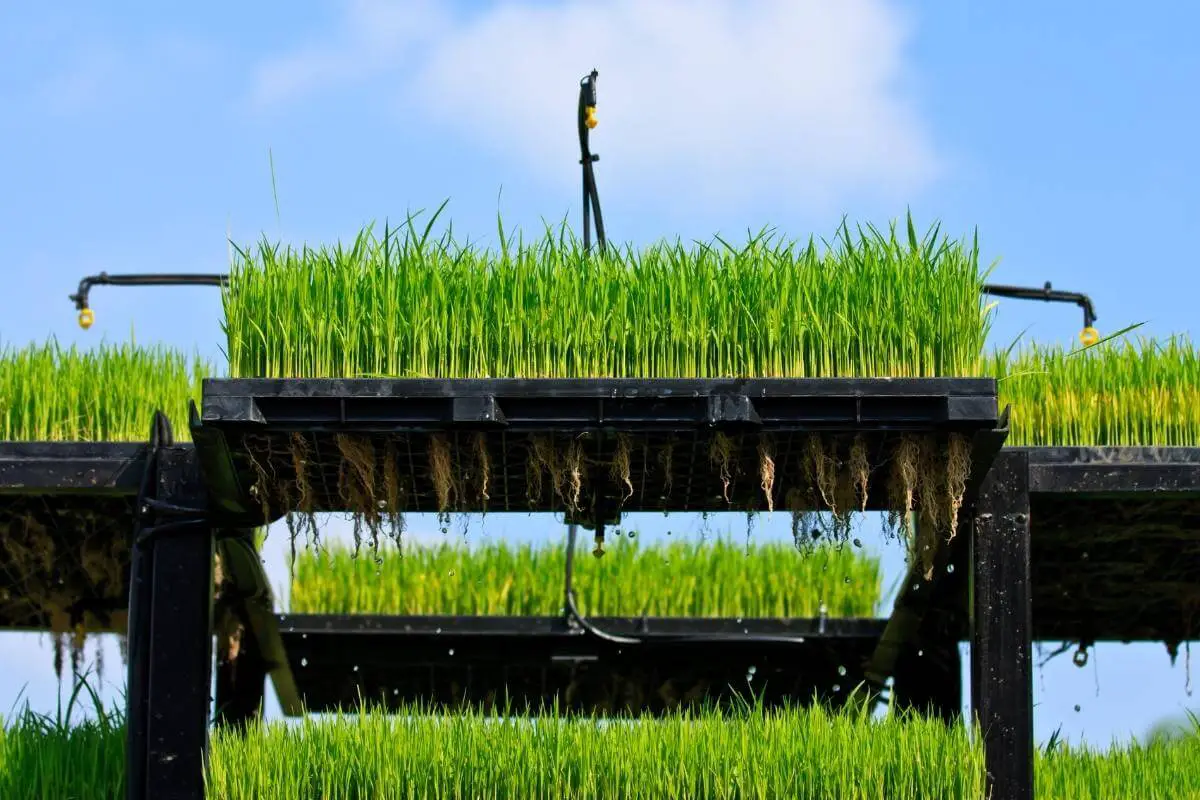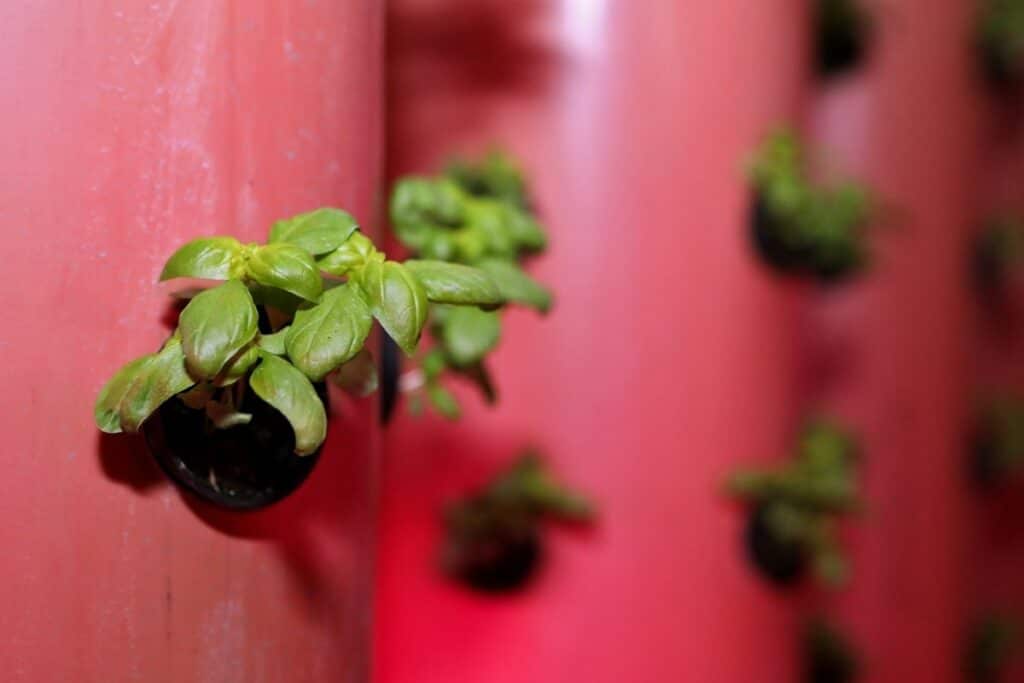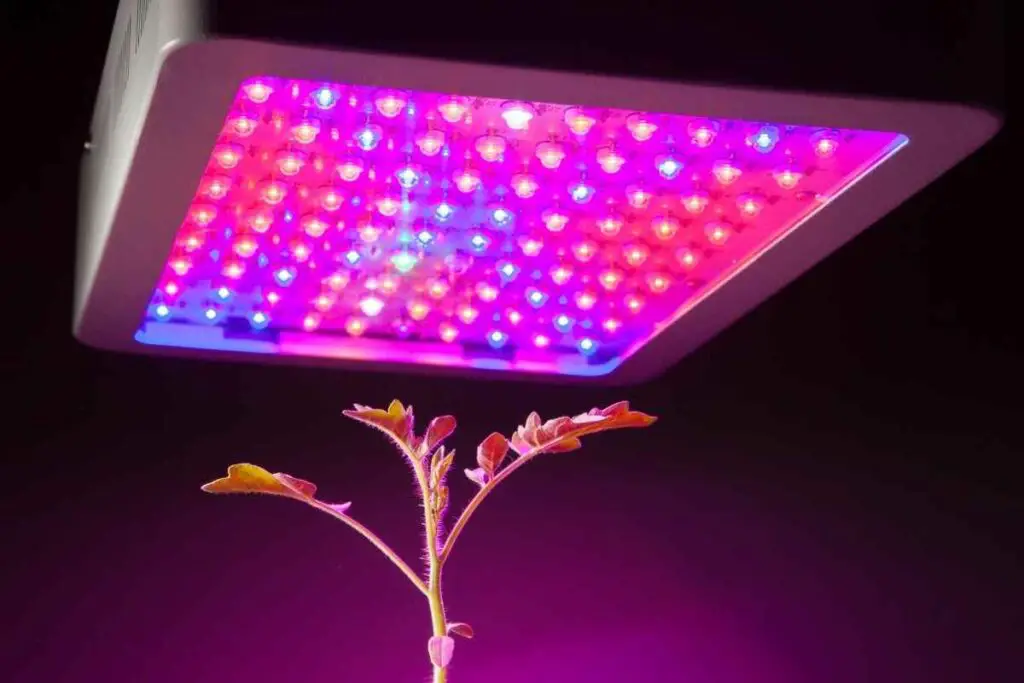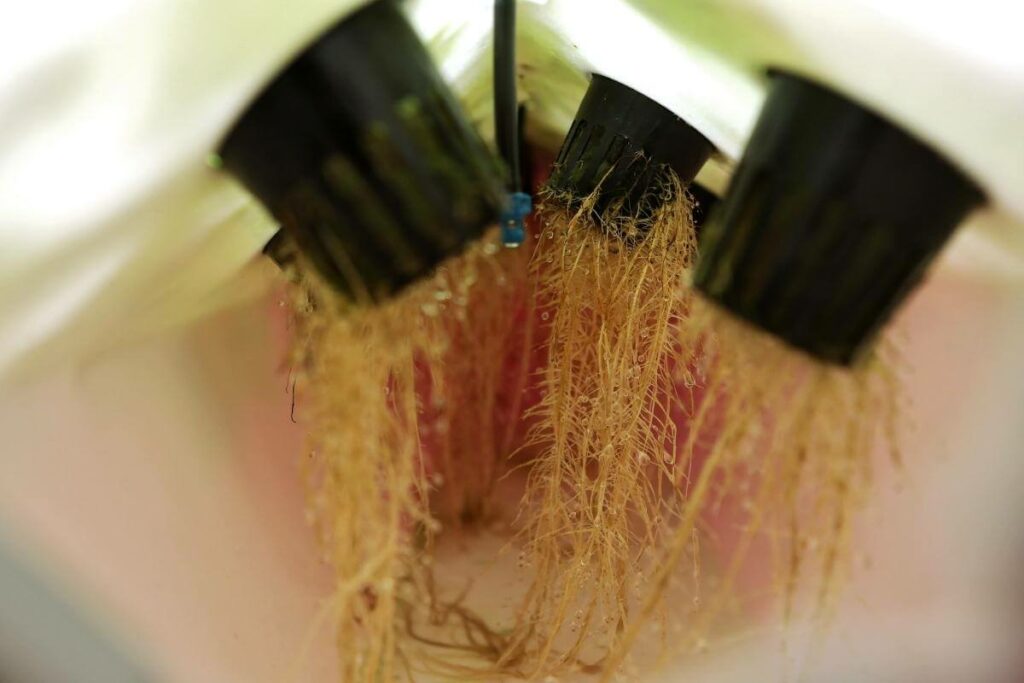Aeroponics is gaining popularity because it’s a way to grow plants without soil.
It’s the fastest way to grow plants than any other method. In aquaponics growing, you grow plants in the air with a moist environment.
This method of growing is different than hydroponics because hydroponics uses water that has been enriched with minerals to sustain growth.
On the other hand, aeroponics uses a mist/spray that has been enriched with nutrients to sustain growth.
The term aeroponics comes from the Latin word for air (aero) and work (ponic). Therefore, aeroponic growth describes an air environment that is conducive to grow/sustain plant life.
Research into this method of growth began in the mid-1940s. Today, it is used around the world to grow plants for medical and food.
Most crops prefer to be kept around 70°, but you can go as low as 65° or as high as 75°.
Basic Principles
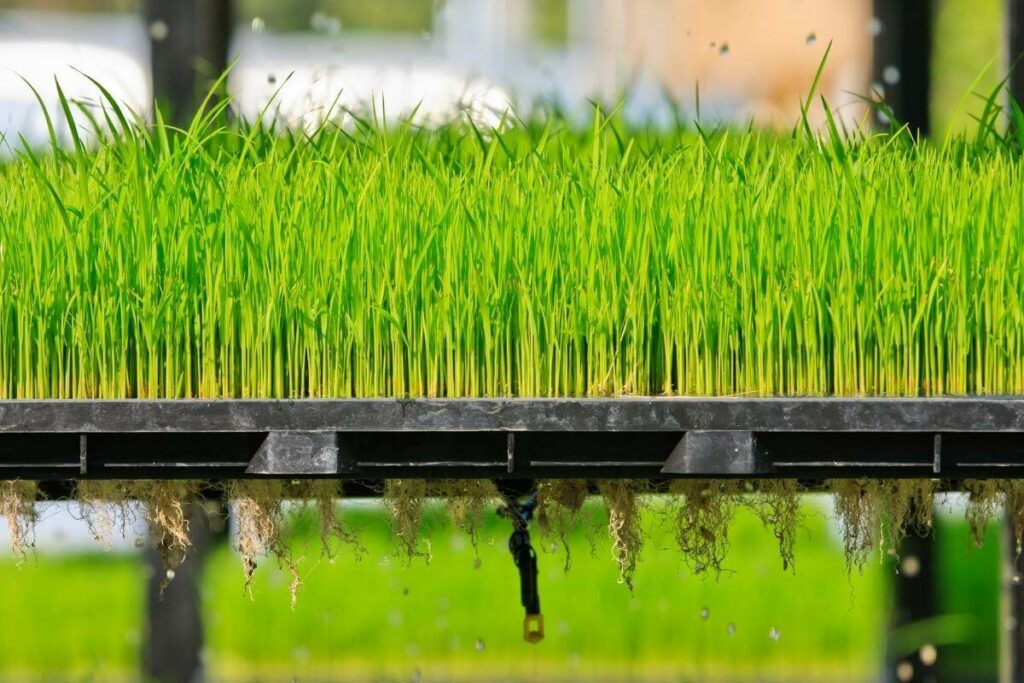
The basic concept of aeroponics is to provide a closed or semi-closed environment for plants to grow.
The roots of the plants are sprayed with a solution that is rich in nutrients based on their growth requirements.
The point is to keep the environment free from disease and pests so that the plants are able to grow quickly and healthily.
Carbon dioxide is critical for healthy plants.
Aeroponics is done in the air that is full of microdroplets of water, which means that most plants are able to grow from a seed to maturity in a shorter amount of time due to the extra supply of nutrients, carbon dioxide, gas, and water.
Useful To Know: There are some growers who prefer aeroponic systems over other methods such as hydroponics due to the increase in aeration of a nutrient-rich solution, which provides more oxygen to the roots, which helps them grow faster and avoid the formation of pathogens.
You Are in Control
As a grower, you have power over the destiny of your plant. Is this a responsibility that you’re taking seriously?
The power is the ability to control the environment. Most systems are built with a primary focus on the root zone.
However, there should be some attention given to the environment as well.
Let’s take a closer look at the ideal environment for your plants.
With an indoor garden or greenhouse, you need to take advantage of the benefits that come with being in control of the environment and automating your system.
When you keep your environment set up for your plants’ ideal growing conditions, you end up having productive crops, better quality crops, and faster-growing crops.
Assuming you already have the proper lighting conditions in place, the next things to consider are:
- Temperature
- Humidity
- Air quality
Temperature
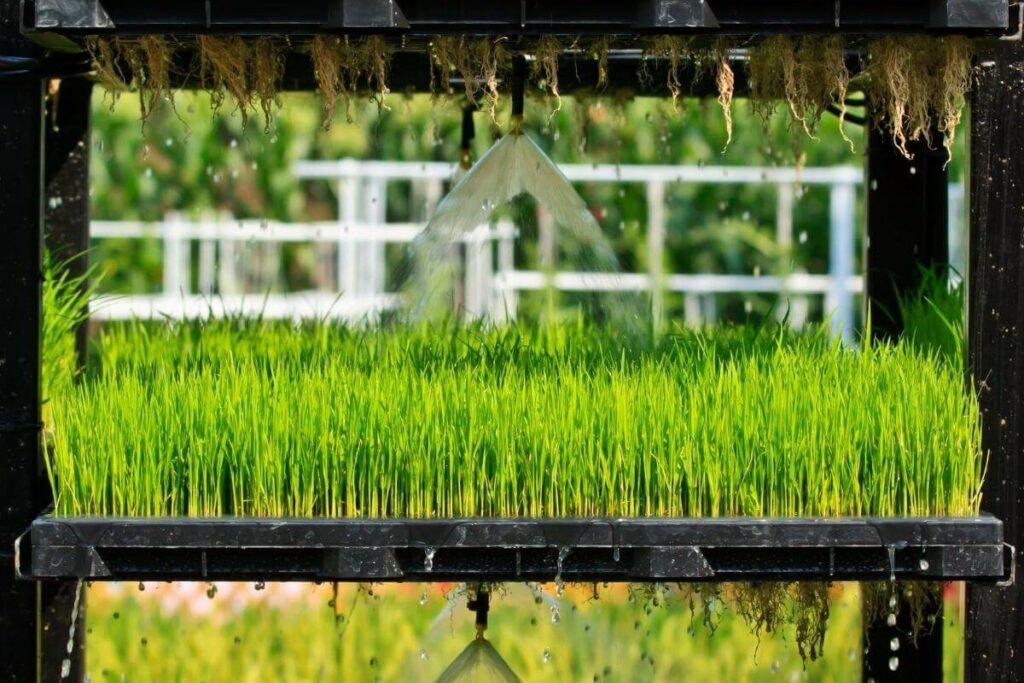
If you need to control the temperature in an outdoor greenhouse, you’ll need some circulation fans.
The fans vent the hot air out while pulling in cool air from the ground. The exchange of air is typically controlled by a thermostat connected to the vent fans.
If you have an indoor system, you’ll do the same thing, but on a smaller scale.
Some people leave the vent running while the light is on because some lights seem more like heat lamps.
The issue here is that the air that is used for cooling the garden is only as cool as the air within the space.
Most plants prefer the temperature to be around 70°F. However, anything between 65°F and 75°F will be perfectly fine.
What if Temperature is Too High?
If the temperature is too high, it will cause the plants to transpire a fair amount of water, which can result in potential issues with pH and nutrient lockout, as well as increased nutrient concentrations.
This basically means that when the plants get hot, they also get thirsty. Therefore, they need more water to stay hydrated.
What if Temperature is Too Cool
On the other end of the spectrum, if your plants get too cool, they will slow down growth significantly.
Even absorption of nutrients slows down. This is because the plant is trying to go dormant; it’s basically like putting it to sleep for the winter.
Quick Tip: There are lots of cycle timers on the market that allow you to create a preset for each component that is on it. You can adjust the vent fan, pumps, and CO2 generators.
Humidity
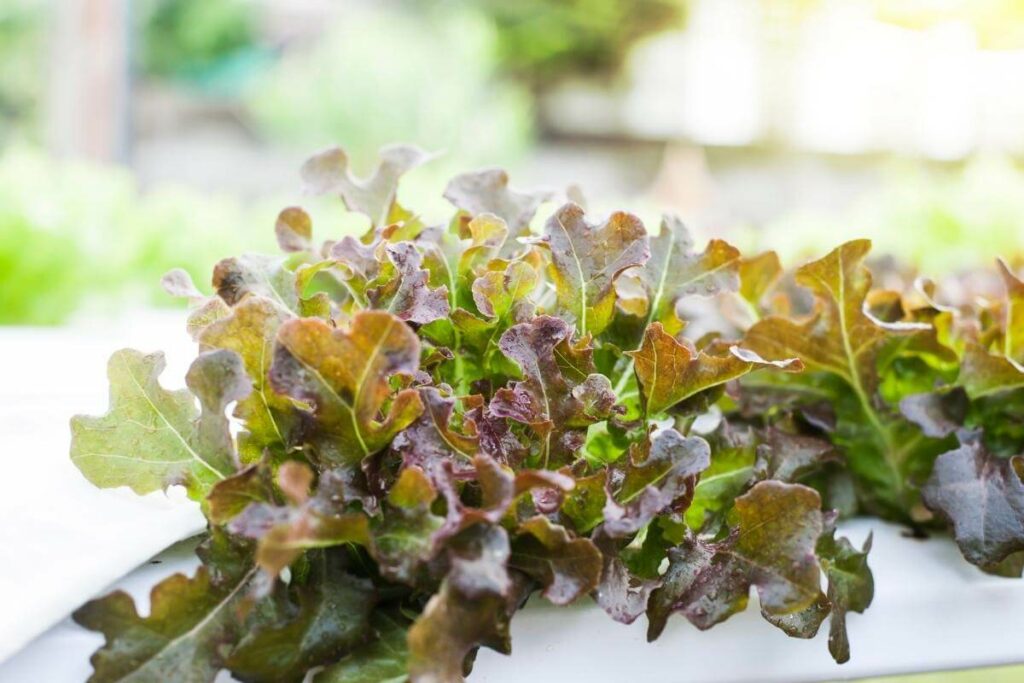
The second factor you want to control is the humidity of your aeroponic garden.
If it’s too high, the crop will suffer from rot/mold. If it’s too dry, it can cause excessive water evaporation.
A humidistat can help control the humidity. Ideally, the humidity levels should be kept around 60% to 70%.
You can get a thermostat/humidistat that combines functioning to control heaters and fans.
Unless you plan to keep a close eye on the humidity and temperature of your system, you may find it best to invest in an automatic environmental controller.
This will monitor and control the environment as well as alert you to any potential issues.
Conclusion
Ideally, the temperature should be kept around 70°F but can fluctuate between 65°F and 75°F.
It’s a good idea to invest in an automatic controller so that you can set fans, misters, etc., to come on and off as needed.
